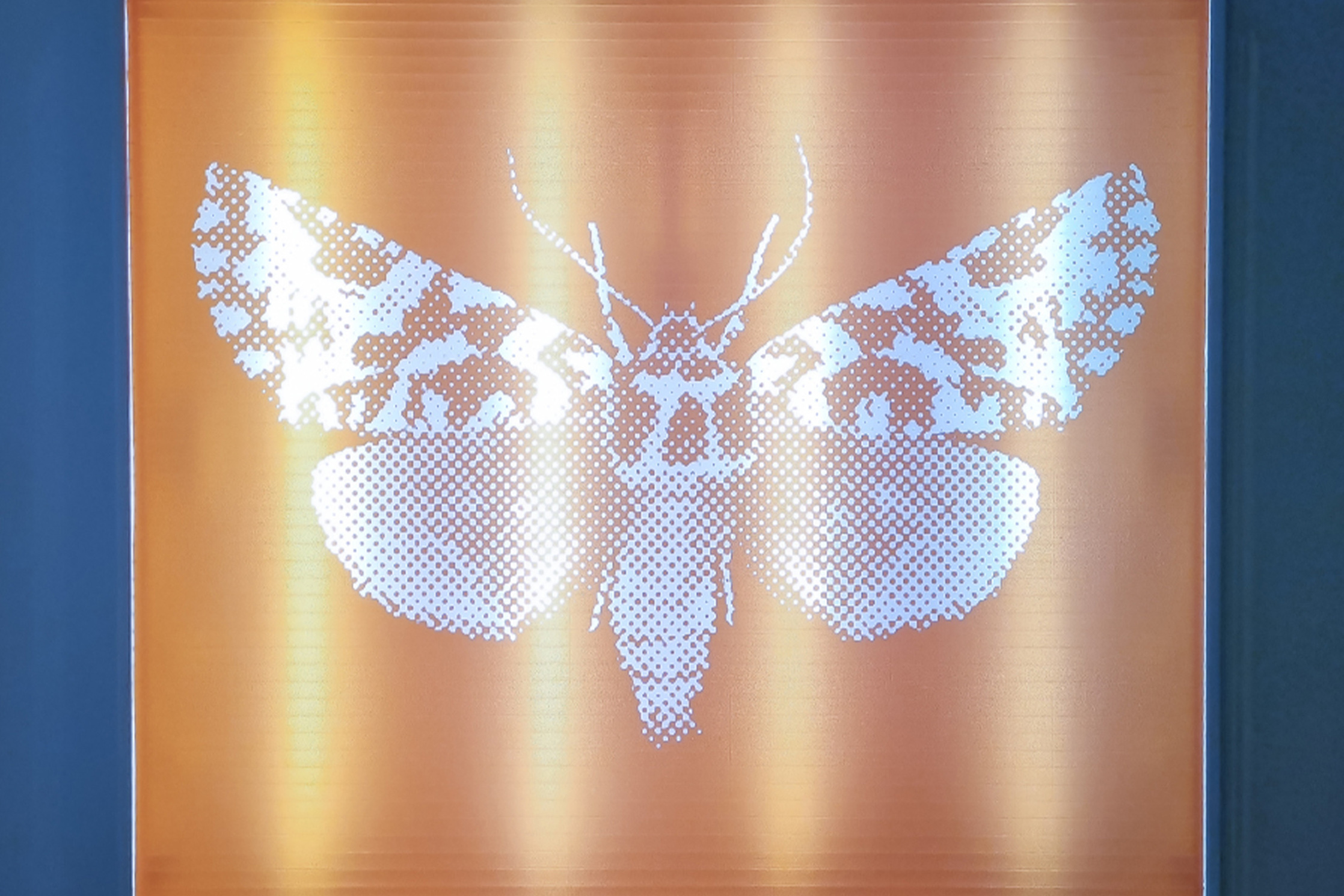The dark reality of light pollution.

Photo credit: Klaasz Breukel.
Ellen, a plant ecologist who trained in the Netherlands, first came to New Zealand as an exchange student during her degree. She spent her time looking at the impact humans have on plants and understanding how biodiversity changes from one environment to another.
When her daughter was born, Ellen returned to the Netherlands and it was there, during one holiday on a remote island, when she looked up into the spectacular night sky, she realised how much she missed her connection with it.
“I live in a bubble of orange light,” she said.
“It was then I asked myself how all these plant species are doing under the sky glow. They have evolved on a totally different time scale and have come to depend on stable light-dark cycles.”
“Here we are with our 24-hour economy, changing this,” Ellen said.
Having constant light available for a species that converts light to energy might sound like a good thing, however plants need rest, just like we do, to function correctly.
“If you’re having processes going all the time, this creates different problems,” said Ellen. “Organisms won’t grow as fast, or they succumb to viruses more quickly.”
Among many studies that Ellen has conducted throughout the years, she has found that light pollution is the fastest growing human impact and is spreading quicker than any other type of pollution across the earth.
“With two countries as exceptions, there is no regulation on light pollution at the national level,” Ellen said.
As a result, we are seeing a global 2 per cent increase in the area lit per year.
For New Zealand, Ellen’s work has shown that the increase is 3.5 per cent per year. This means that in the last 10 years, there has been a 40 per cent increase in the area that is lit in New Zealand.
And this data is captured by satellites which doesn’t show sky glow.
Using measurements taken at ground level around the world, results show the increase in sky brightness is 10 per cent or more.
“If the same is true for New Zealand, then this means a child born today will see 250 stars, but by the time they are 18, they will only see 100 stars in the sky.”
"...this means a child born today will see 250 stars, but by the time they are 18, they will only see 100 stars in the sky."
- Ellen Cieraad.
Thankfully, there is a simple solution.
“It’s as easy as flicking the switch or turning the dimmer,” said Ellen.
Until Ellen started working at Te Pūkenga NMIT, she taught at a university and all her research ended up in scientific publications.
But she says only through public awareness and government policies can we begin protecting the night sky.
“I enjoy working at Te Pūkenga NMIT to apply my findings. We have a breadth of talent here and can benefit from collaboration across domains,” Ellen said.
For example, Ellen has connected with Klaasz Breukel, a light artist and tutor at Te Pūkenga NMIT. They recently worked together to share the message about light pollution at a symposium by Aotearoa Digital Artists Network(external link), held in Nelson in 2022.
They are working on an exhibition for the biennial light festival Te Ramaroa, held in Nelson this winter.
“I love Te Ramaroa, but it also breaks my heart,” said Ellen.
“Light affects us, and the environment. Depending on the colour and intensity, these can be adverse or positive. By creating light pollution regulation, only lighting what we need, removing garden solar lights and adding dimmers and timers to necessary night-time lighting, we can reduce our impact and preserve the night sky for all.”

